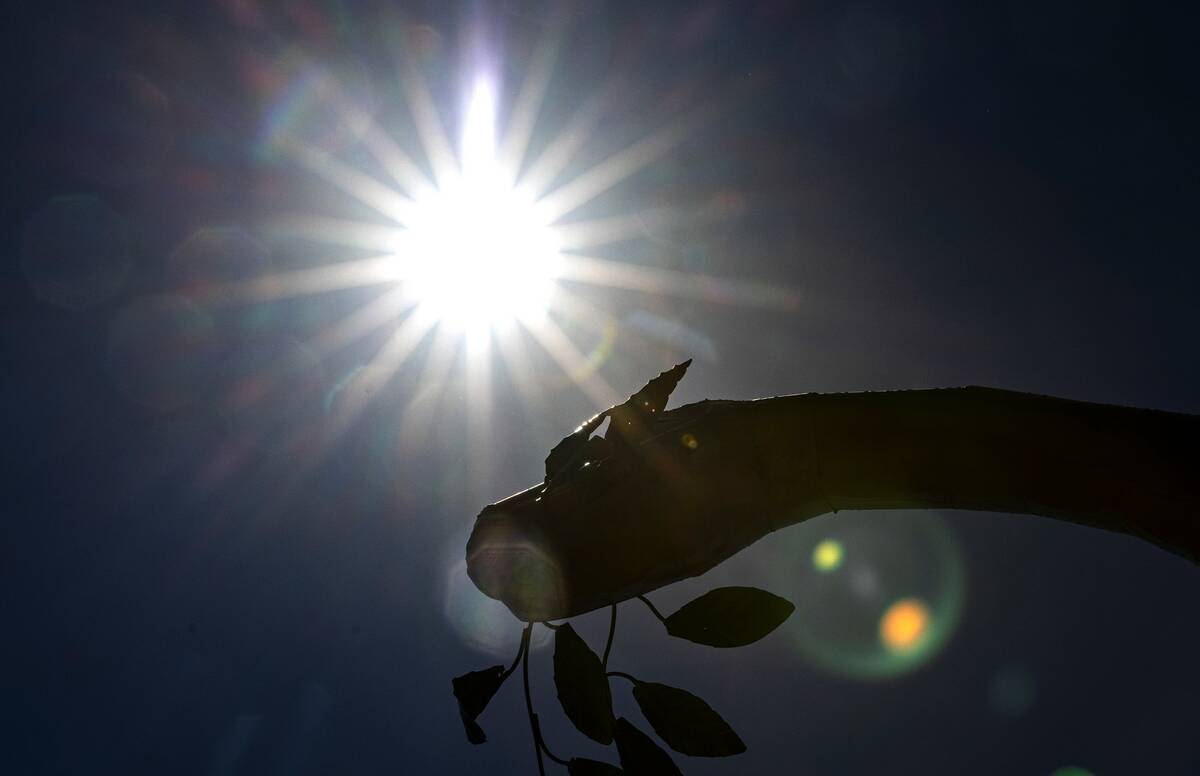‘Dangerous temperatures’: Las Vegas among fastest-warming US cities
Don’t let the fact that Las Vegas has yet to hit 100 degrees this year fool you — it’s still one of the fastest-warming cities in the U.S. over the last half century, according to a recent study.
Since 1970, average summertime temperatures in Las Vegas have increased by 5.8 degrees, according to the latest research from Climate Central, which analyzed 53 years of temperature data for the months of June, July and August across nearly 250 U.S. locations.
The warming trend is being felt across the country, with 95 percent of the locations analyzed seeing increased temperatures during the summer months, according to the study. But cities in the American West have seen the biggest increases.
Las Vegas was tied with Boise as the second-fastest-warming cities. Northern Nevada’s urban hub, Reno, ranks as the city with the fastest-warming summers, with average summertime temperatures now 11.1 degrees hotter than they were in 1970.
Rounding out the top 5 were Salt Lake City (5.5 degrees hotter) and El Paso, Texas (5.3 degrees hotter). The 2023 rankings mostly mirror the group’s 2022 data, where Reno and Las Vegas ranked as the first- and second-fastest-warming cities, respectively.
“As carbon pollution traps more heat in Earth’s atmosphere, the summer season is warming, summer temperatures are arriving earlier in the year, and risky heat extremes are becoming more frequent,” Climate Center wrote in its study.
For cities like Las Vegas, Phoenix and other western desert cities that were hot to begin with, those increases mean “we’re moving into some dangerous temperatures,” said Nevada State Climatologist Steph McAfee.
McAfee said those temperature spikes are driven by global warming and urbanization, with ever-increasing amounts of asphalt and concrete in buildings, structures and roads absorbing the sun’s heat and creating urban heat islands that a growing amount of research suggests disproportionately affect low-income communities and communities of color.
“As near as we can tell, it’s both. We see warming outside the cities, and that’s very much indicative of global warming. But we do see the cities are getting warmer than rural areas,” McAfee said.
Excessive heat can lead to severe health problems, from heat exhaustion and heat stroke to worsening air quality. In Clark County, heat-related deaths have risen sharply since 2010, with more than 240 deaths in each of the last two years linked to excessive heat.
Not only are the average summertime temperatures rising in Las Vegas, but so are the number of excessively hot days.
Southern Nevada averaged fewer than 65 days a year with temperatures exceeding 100 degrees from 1990-1999, according to 2021 analysis from the Regional Transportation Commission. By the 2010-2019 decade, the average number of 100-degree-or-hotter days in the Las Vegas Valley jumped to 84 a year.
If there are any positives to take from Las Vegas’ ranking as the second-fastest-warming city in the study, it’s that Las Vegas’ summertime average hasn’t increased from Climate Center’s 2022 report.
Contact Colton Lochhead at clochhead@reviewjournal.com. Follow @ColtonLochhead on Twitter.
























